The Past in the Present - Knowledge Transfer and the Strive for Interpretation
Our first post-Covid-pause workshop took us deep into archeological work environments. Apart from having paper presentations in a conference room setting and an excursion into museum committee discurses the participants also went "to the field" to gain some hands-on experience on the research object: stone walls from old Zimbabwe cultures, probably dating from 14th to 19th centuries in Shangano and Bumbusi, made from different types of stones in each place.
Screened Documentary
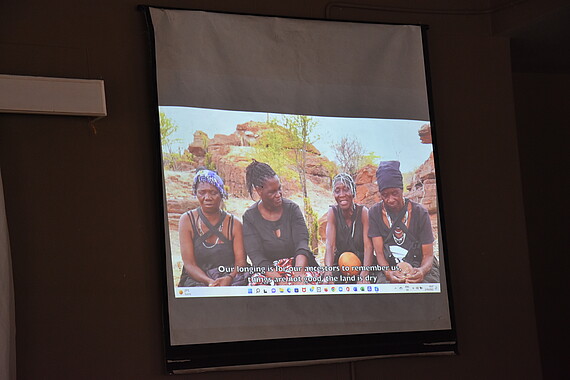
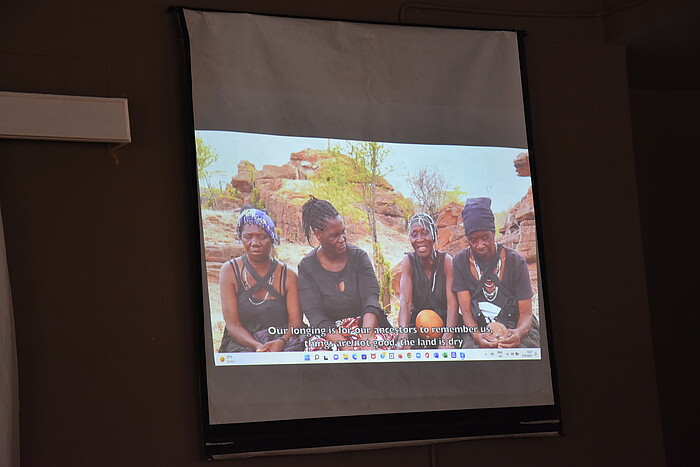
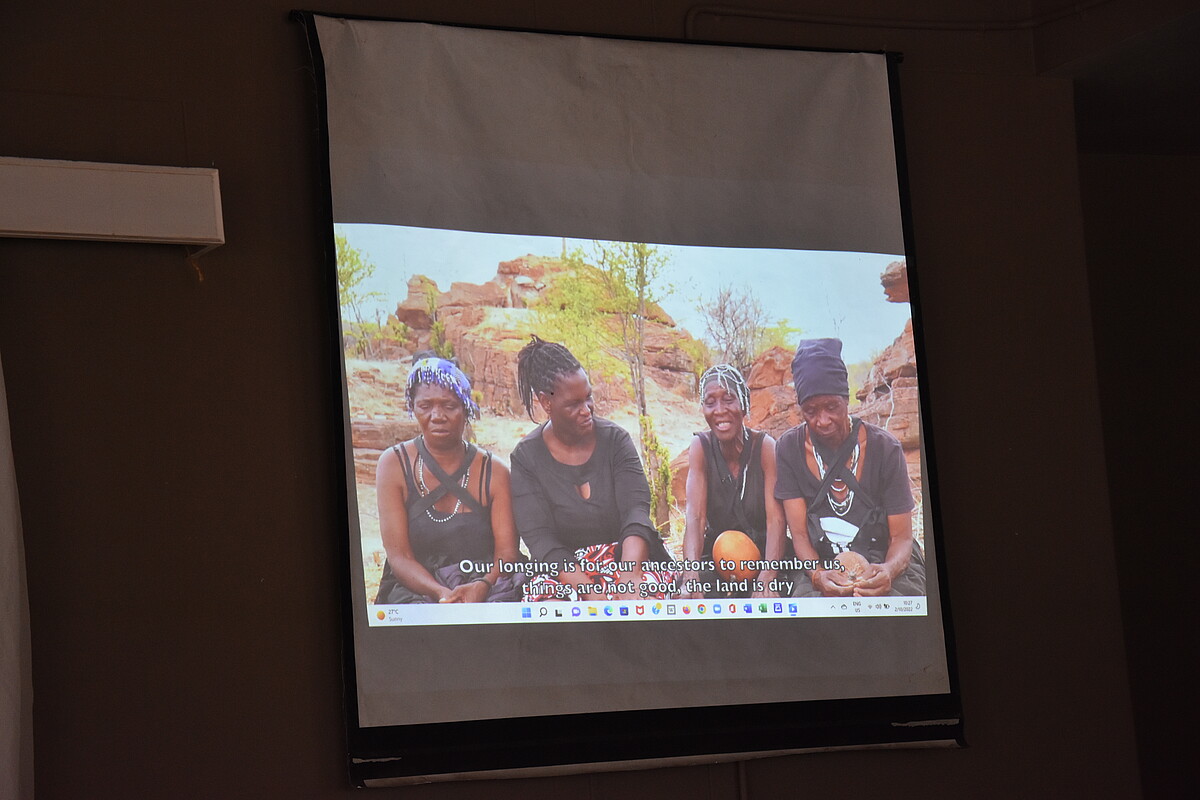 ©
RKT 2022
©
RKT 2022
Our host, Plan Nyabezi from the University of Zimbabwe in Harare, screened an introductary documentary that emanated from her project. She uses this same documentary regularly, showing it to school classes, in villages surrounding the sites, and with different stakeholders (e.g. national park rangers, tourism offices). Like this, both her work about the research objects and their cultural implications become known more widely.
The multi-layered documentary film does not only explain, what archeology is and does, but also how much life today can be affected by archeological research findings. Who may enter the sites, and for which purpose? Whom do the sites belong to? - the people living close by? the national parks? Who ist responsible for protection and maintenance of the sites, if the ministry for National Museums and Monuments has dissolved its protected status?
Those and many more questions are core to the discussions Plan and her team lead in the different stakeholder groups. Screening the movie was a well-made and exciting entry point for the following speeches, discussions and excursions of the workshop.
Archeology "in the field"
The Matabeleland archeological sites have great cultural relevance even today. This became appearant when the group was only allowed access to the Shangano site after attending a ritual led by some elders from the nearby village. Even for Bumbusi, which has had prohibitions to enter for reasons of being situated on national park property since 1930, there is a still existing ritual culture which is still known to the eldest. In former times people came here for rain-asking ceremonies, long after the site had been abandoned as a dwelling place.
Apart from platforms and stonewalls Bumbusi also stages rock engravings of animal paws. The nearby Nambya people trace back their ancestors to the founders of the stonewall dwellings which gives them a proud precolonial identity.
Further information from other websites:
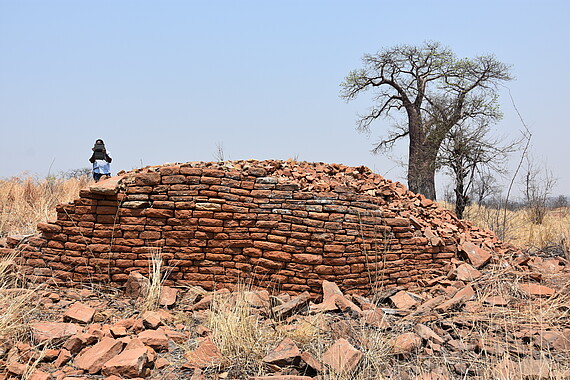
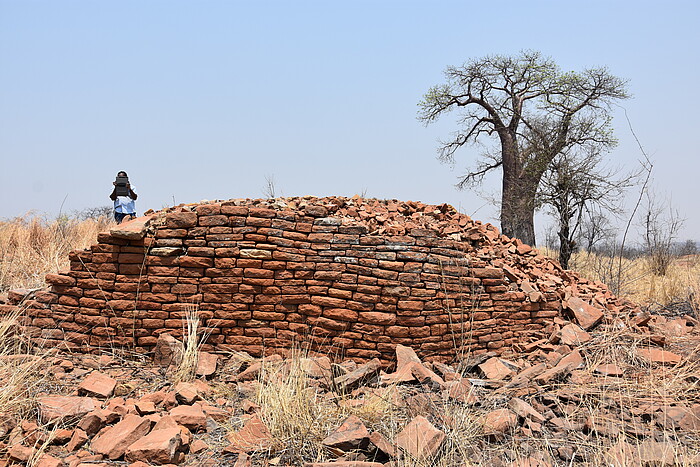
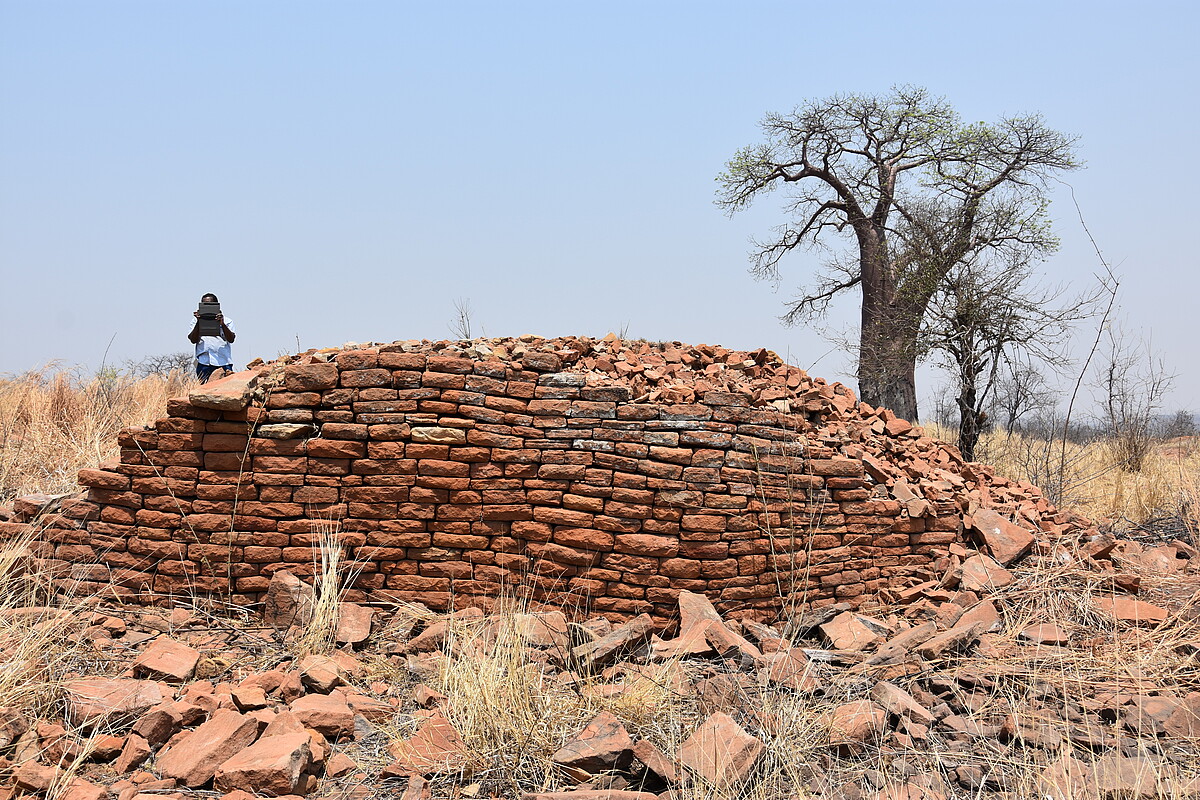 ©
RKT 2022
©
RKT 2022
The Nambya Museum project
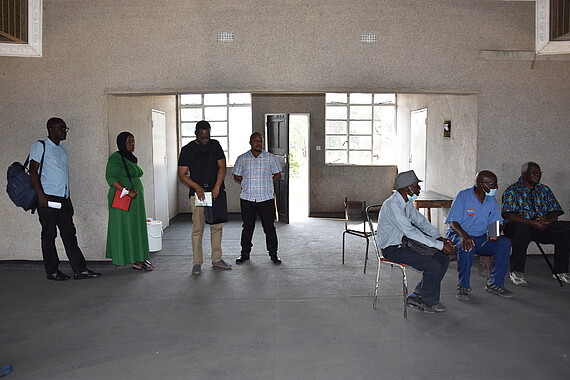

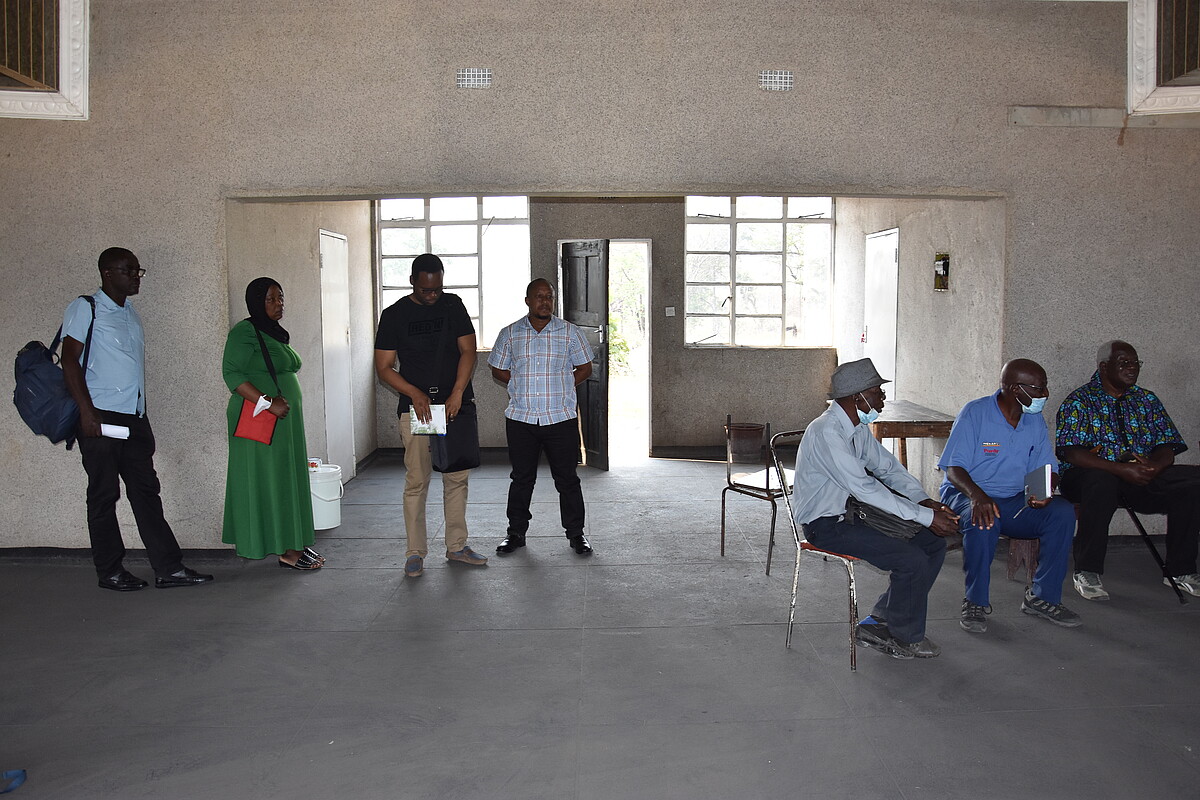 ©
RKT 2022
©
RKT 2022
Lively discussions between committee members of the future Hwange Nambya museum show how difficult it is to come to terms with the outcome of academic research when having to put it into practice. What is the heart of Nambya identity, and can disseminating knowledge about the stone walls help to consolidate it? Isn't language alone carrying all culture and cultural knowledge? Are monuments and material cultural remains from the past more important than present-day activities of Nambya speakers? Should displaying long-past everyday objects form the core of the museum's objectives, or should it rather be celebrating Nambya culture with traditional dishes and dances? Are we allowed to erect a "pure" Nambya museum at all, when Hwange has been a mining town for decades and hosts so many more Shona and English speaking people than native Nambya? How could and should own traditions be continued today, when they only refer to the (lost) past?
Fellows and coordination team were honoured to take part in deep debates around these pressing issues. Some were able to offer advice and examples from their respective working fields. May the museum committees be blessed with a wonderful, vivid and meaningful museum, once they finished their quest, and may a vibrant community support it and fill the vicinities with activities, ideas and people.
Keynote Speech
Keynote Speaker Dr. Noel Lwoga, Director General of the National Museums of Tanzania and Senior Lecturer (Part-Time) of heritage and tourism at the University of Dar es Salaam, being Heritage Tourism Strategist with a multi-disciplinary background, eloquently dived into the set of problems that we all grappled with during the museum session. His presentation was called "The Paradox of Stakeholder Participation in Dealing with Heritage."
This topic is acutely relevant for science communication, not only in the archeology field (like, e.g., for Tanzanian fellows Mjema and Bushozi), but as much for writing policy briefs when dealing with radicalizing youths (project of Halkano Wario, Kenya) as well as for publishing a dictionary in a language hitherto passed down only orally (project of Saudah Namyalo, Uganda).
Once more, this proved the Humanities' interlocking concerns: the contrast between the academic institutions' communication structure and the need for an appropriate implementation in society is ubiquitous in all Humanities' disciplines, where discourses about identity and authority, about ownership and (self-)definition are more present than ever.
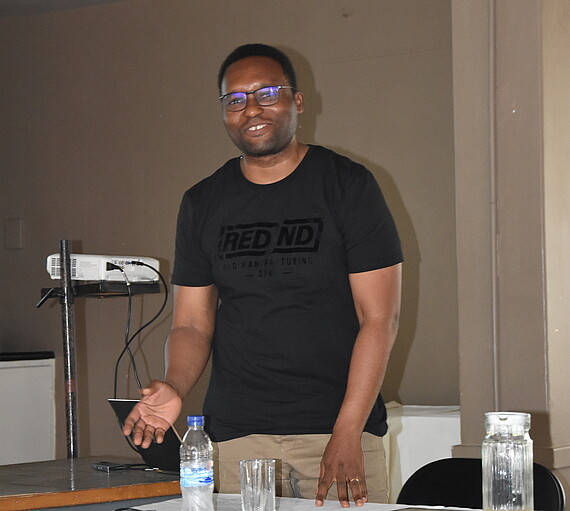
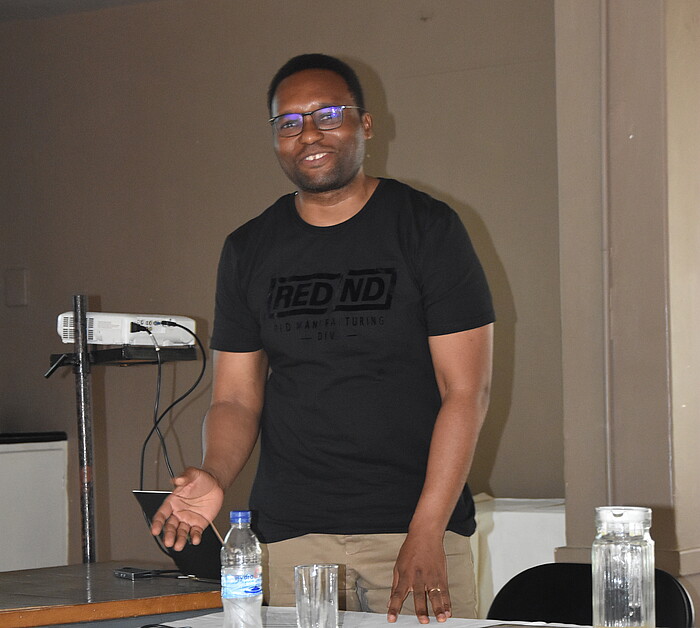
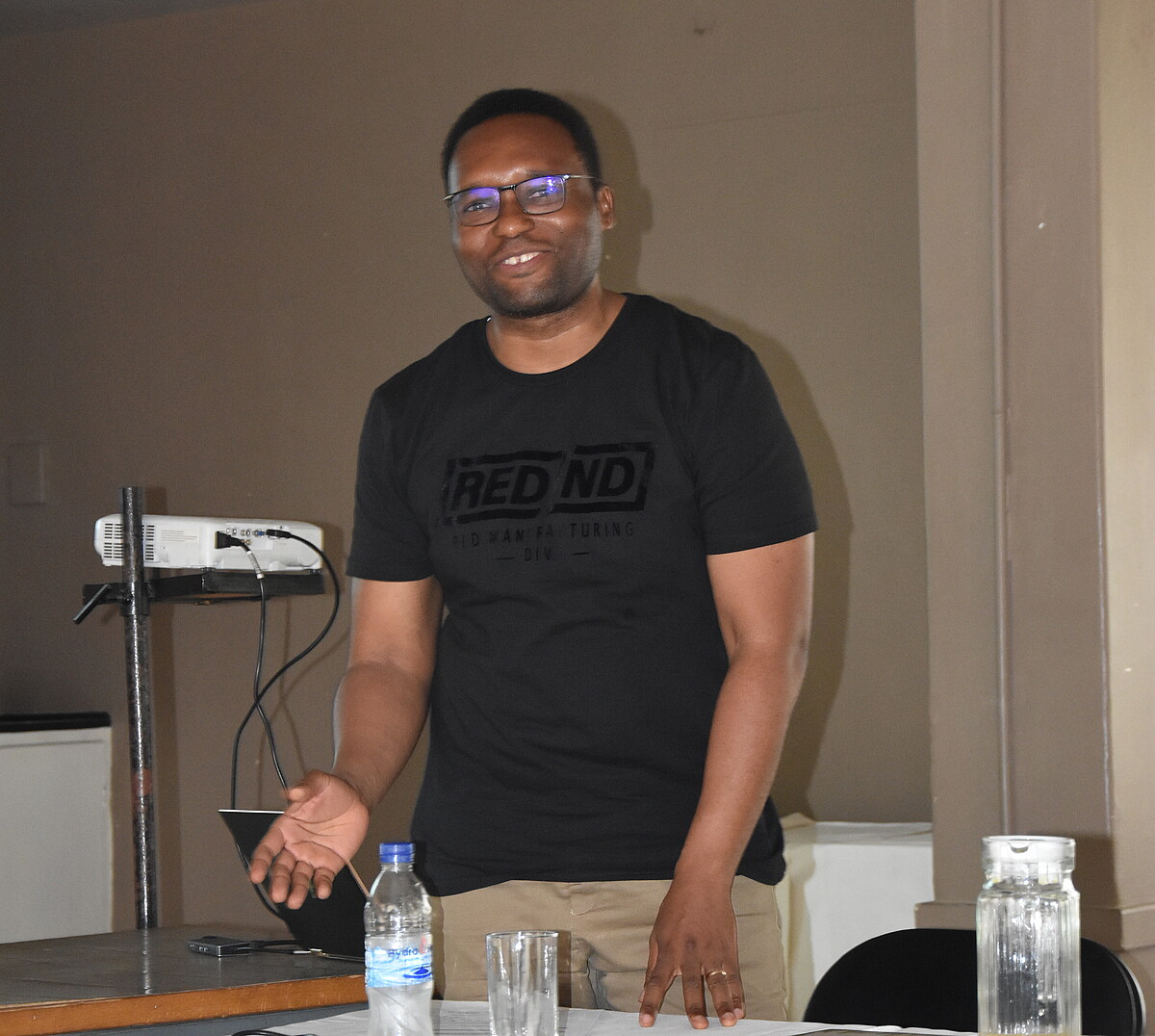 ©
RKT 2022
©
RKT 2022


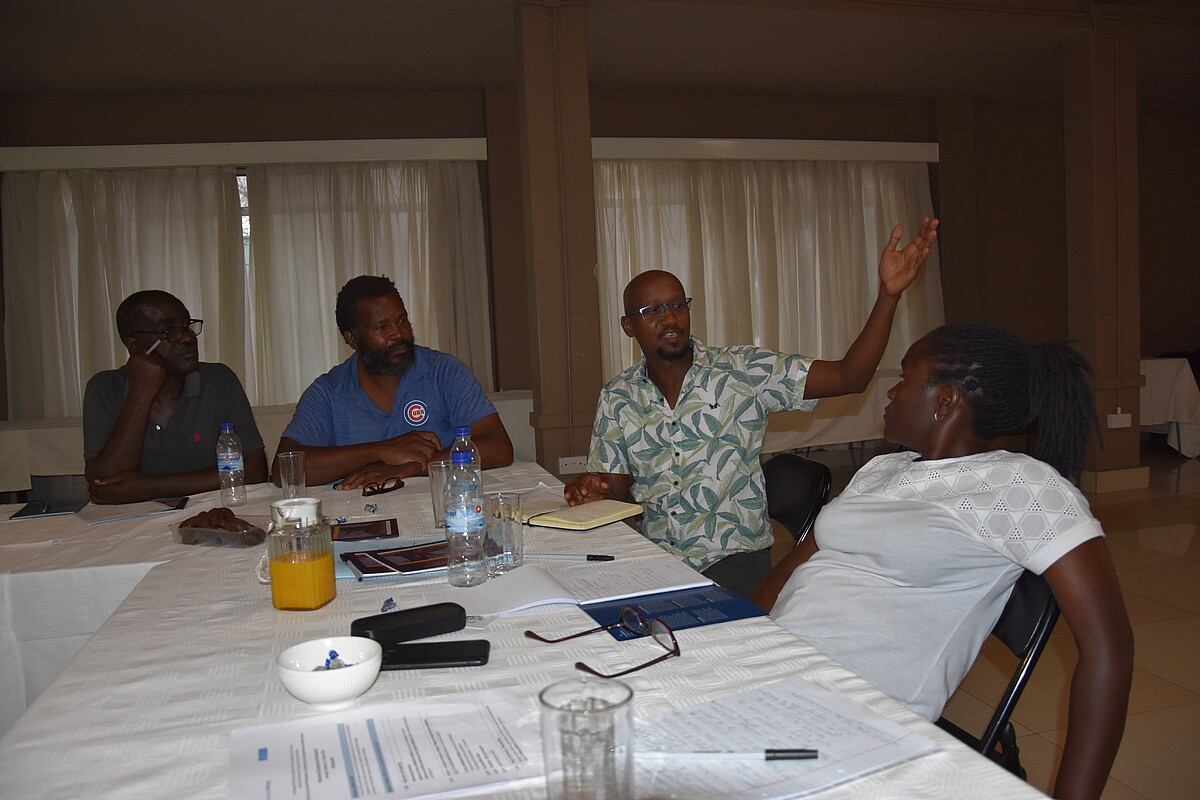 ©
RKT 2022
©
RKT 2022





